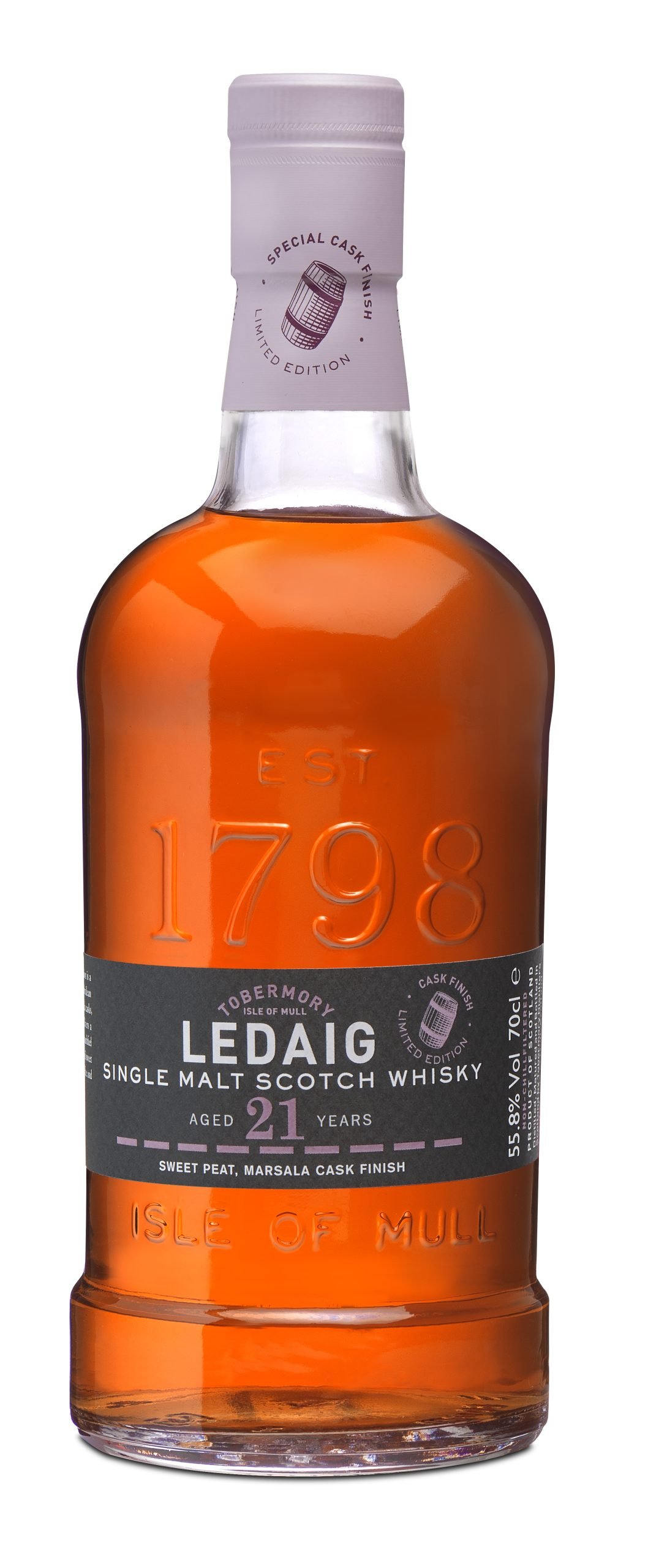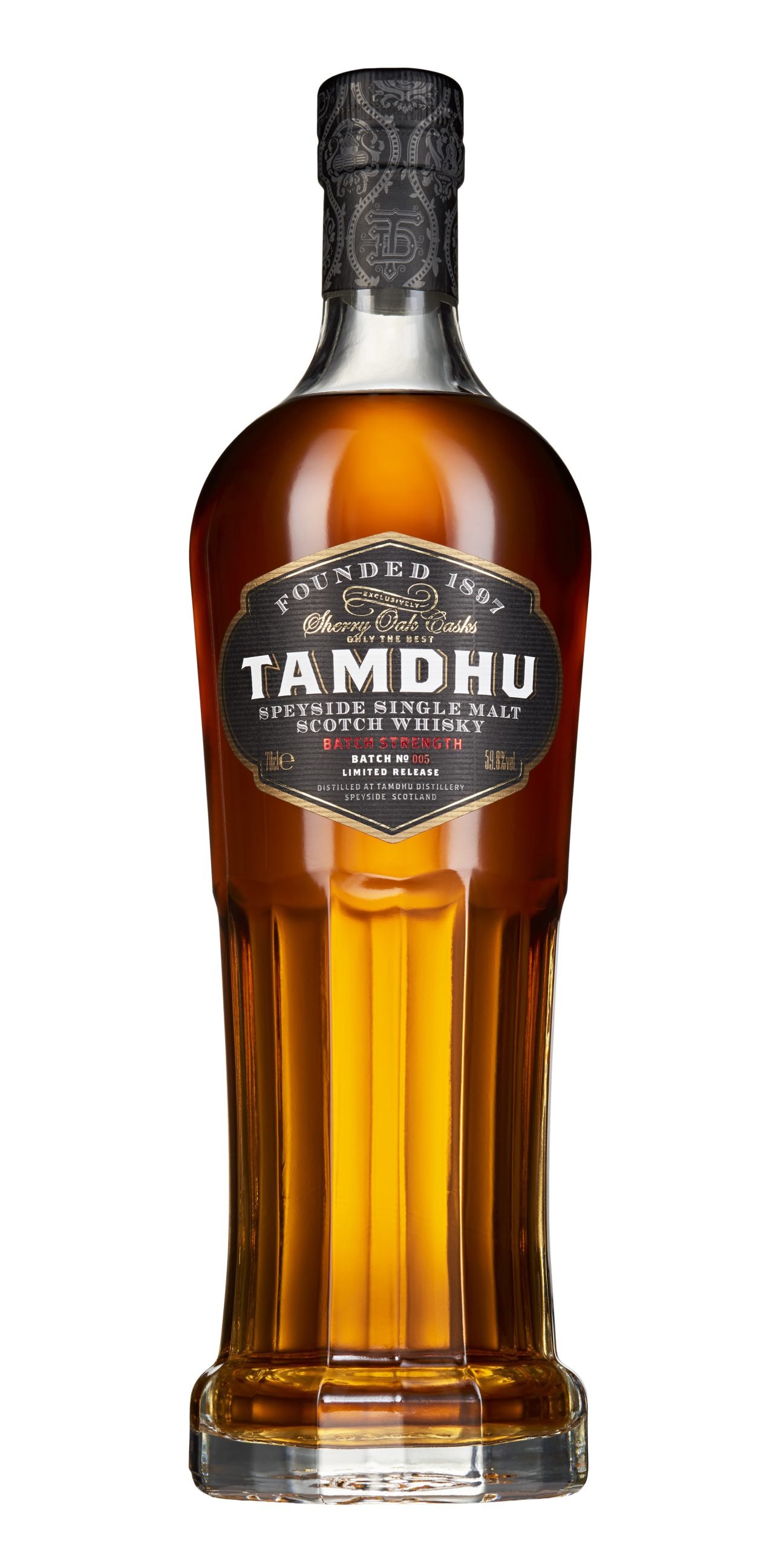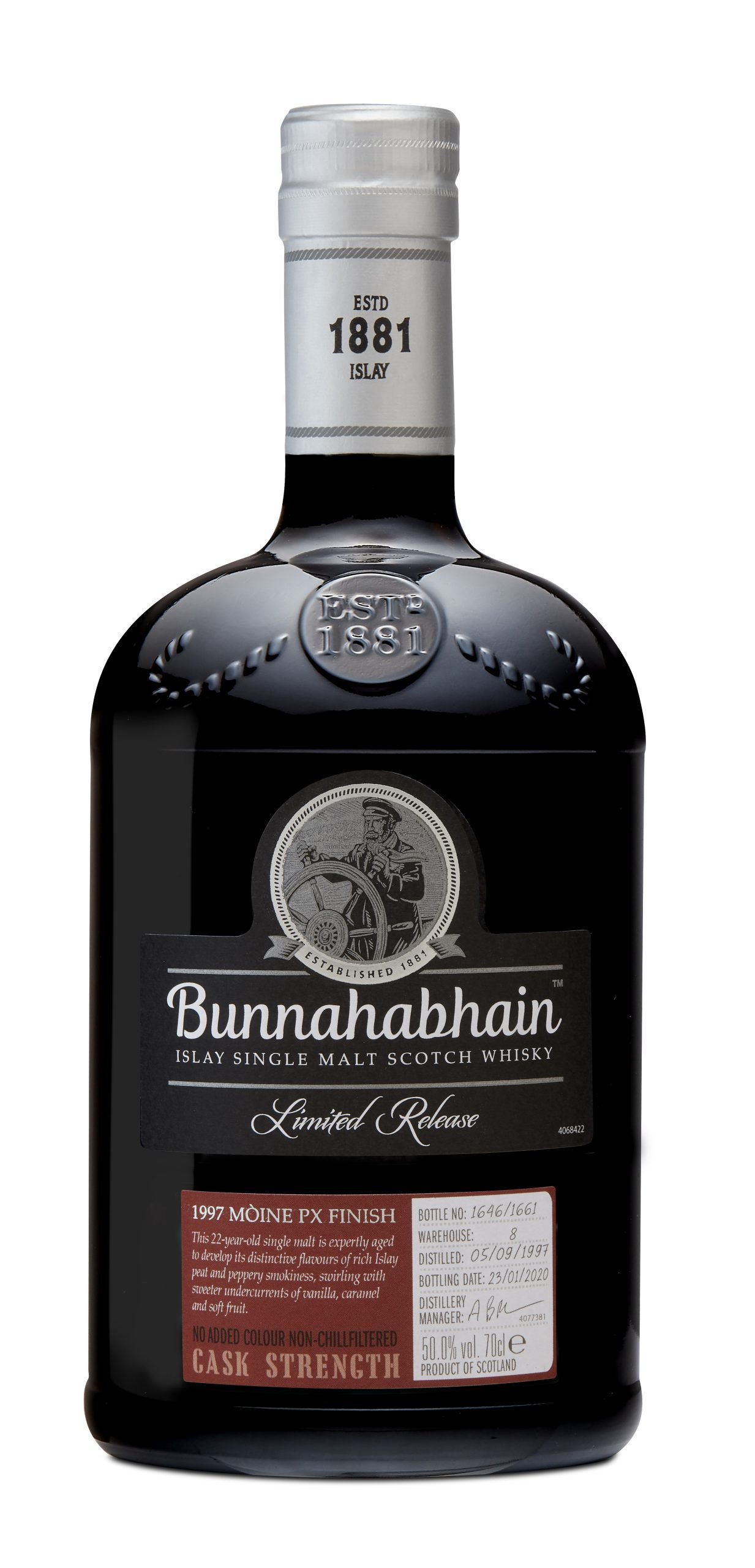On the evening of November 30, 1729, a group of well-to-do Scotsmen gathered in Charleston, South Carolina for a civilized dinner followed by, we presume, slightly less civilized consumption of Scotland’s national drink. The date of their meet was no accident. It fell on the anniversary of the death of St. Andrew, one of Jesus’ apostles and Scotland’s patron saint. How Andrew picked up that gig is a curious story. At first glance, a fisherman from Galilee, who had never stepped foot in Scotland, does not appear overly qualified to be its godly poster boy.
Alas, there is a connection. A ninth century Scottish king prayed to Andrew on the eve of a battle against a superior English force, which was destined to be a bloody defeat. Inspired by seeing a white cross of clouds in the sky on the morning of battle—akin to the X-shaped cross on which Andrew was crucified—the king secured a heroic and an impossibly unlikely victory. Having proven himself adept at the ole miracle-making thing, Andrew was adopted as patron saint on Scotland’s independence in 1320, and his cross became its white and sky-blue flag, the Saltire.

Now, while we concede that St. Andrew’s Day is undoubtedly a lesser known affair than the saintly day of our Irish cousins, we’re not going to argue about a culturally grounded excuse to pour a few fine Scotches. This year, it falls on a Monday—another reason to hit hard spirits if you ever needed one. So, let’s get to it; here are a few of the drams we’ll be toasting Saint Andrew with on November 30.
Ledaig 1998 21Year Old Marsala Finish

As a fisherman himself, Andrew might appreciate this maritime-style malt from the painfully picturesque fishing port of Tobermory. Ledaig is the name given to their smoky, peated expressions, which are increasingly rivaling the old-guard distilleries of the Isle of Islay, the (quite rightly) self-appointed home of smoky Scotch whiskey.
Their 21-year-old from 1998 is case in point. This well-aged whiskey spent its final months resting in Marsala wine casks, allowing Ledaig’s ashy, iodine driven spirit to draw out warming, candied orange peel notes from the wood. Sweet and savory intertwine effortlessly here; notes of salted caramel are followed by lashings of bonfire smoke. One for rainy, winter nights, we think.

Tamdhu Batch Strength V

Nestled tightly into a meander of the River Spey, unassuming and without the commercial visitor center or fanfare of the bigger distilleries down river, Tamdhu is quite possibly Scotland’s best kept whiskey secret. A weighty and fruity new make spirit—the clear, high strength alcohol that runs off the copper stills—is filled into casks seasoned with Spanish sherry to craft a much sweeter and weightier style of spirit than most distilleries on Speyside.
This Batch Strength expression delivers that style at full throttle; an unforgiving strength of nearly 120 proof and lack of chill filtration results in a naturally rich, syrupy dram. Think Christmas in a glass; the Oloroso sherry-soaked wood has laden the spirit with lashes of cinnamon and dark berries. Panettone in liquid form, if you will.
Bunnahabhain Mòine PX Sherry Cask 1997

The Isle of Islay, a rugged island off the west coast of Scotland, has its priorities right; Islay is home to just 3,000 people but no fewer than eight distilleries (with more planned). Yes, that’s a distillery for every 400 people (naturally). Bunnahabhain, on Islay’s north-eastern shore, is probably its most underrated. This remarkable 22-year-old really makes us wonder why. As a “Mòine” release (Scots gaelic for “peat”), this is an example of the peated, smoky spirit that Bunna makes relatively little of. Most notably, this dram was matured exclusively in a single Pedro Ximenez (PX) sherry cask and that really shows; the rich peat smoke is masterfully tamed by the sweet, sticky notes for which PX is infamous.








